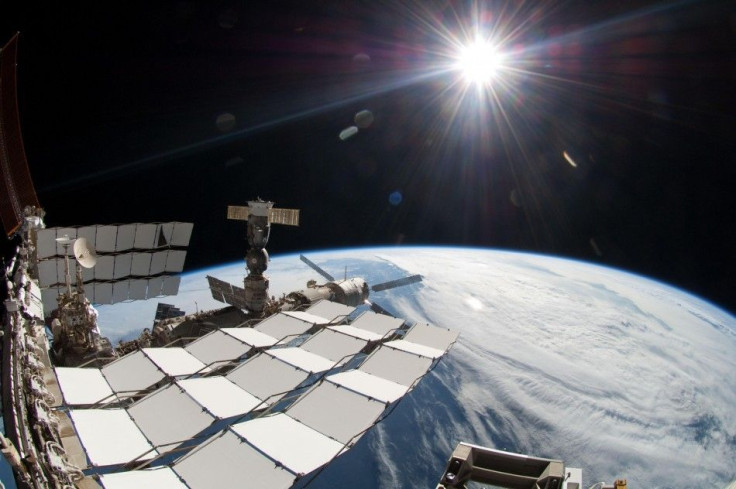NASA Plans to Spend $1.6Bln to Ferry Astronauts to ISS

NASA officials on Monday said that they are planning to spend about $1.6 billion for the next two years to strengthen the industry efforts to develop space taxis.
The U.S. space agency will be looking for complete systems to ferry astronauts to the International Space Station by the middle of the decade — launchers, spaceships, mission operations and ground support, a draft solicitation released Monday shows.
This is a significant step forward in America's amazing story of space exploration, said NASA administrator Charles Bolden. It's further evidence we are committed to fully implementing our plan — as laid out in the Authorization Act — to outsource our space station transportation so NASA can focus its energy and resources on deep space exploration.
The $1.61 billion Integrated Design Contract (IDC) will run from July 2012 through April 2014, according to the draft released Monday.
This IDC effort will bring us through the critical design phase to fully incorporate our human spaceflight safety requirements and NASA's International Space Station mission needs, said NASA Commercial Crew Program Manager Ed Mango. We look forward to strong U.S. industry response.
Bolden also announced Monday at a speech to the Air Force Association's 2011 Air and Space Conference that NASA will fund optional milestones pre-negotiated as part of some of the original CCDev2 Space Act Agreements (SAA) to help accelerate development.
President Barack Obama has allotted $850 million for the Commercial Crew, whereas the Senate Appropriations Committee offered $500 million last week.
Since the U.S. shuttle program retired last month, the Russian space agency has become the only way for transporting supplies to the space for American astronauts.
NASA is paying the Russian space agency, Roscosmos, around $1 billion to fly Americans on these rockets for the next four years.
An unmanned Russian spacecraft carrying three tons of food, fuel and water for the International Space Station crashed about five minutes after it was launched on Aug. 24, NASA officials said.
The next Progress cargo ship will fly to the ISS after late September or early October, said Gennady Raikunov, head of Russia's Central Scientific Research Institute of Machine Manufacturing.
Right now, we have a single-string failure for a $100 billion national lab,'' Nasa's commercial spaceflight development director, Phil McAlister, said at an industry briefing in Florida, referring to the reliance on one option to transport crew to the space station.
Every year we do not have a commercial crew capability, the station is at risk,'' he said.
© Copyright IBTimes 2025. All rights reserved.





















